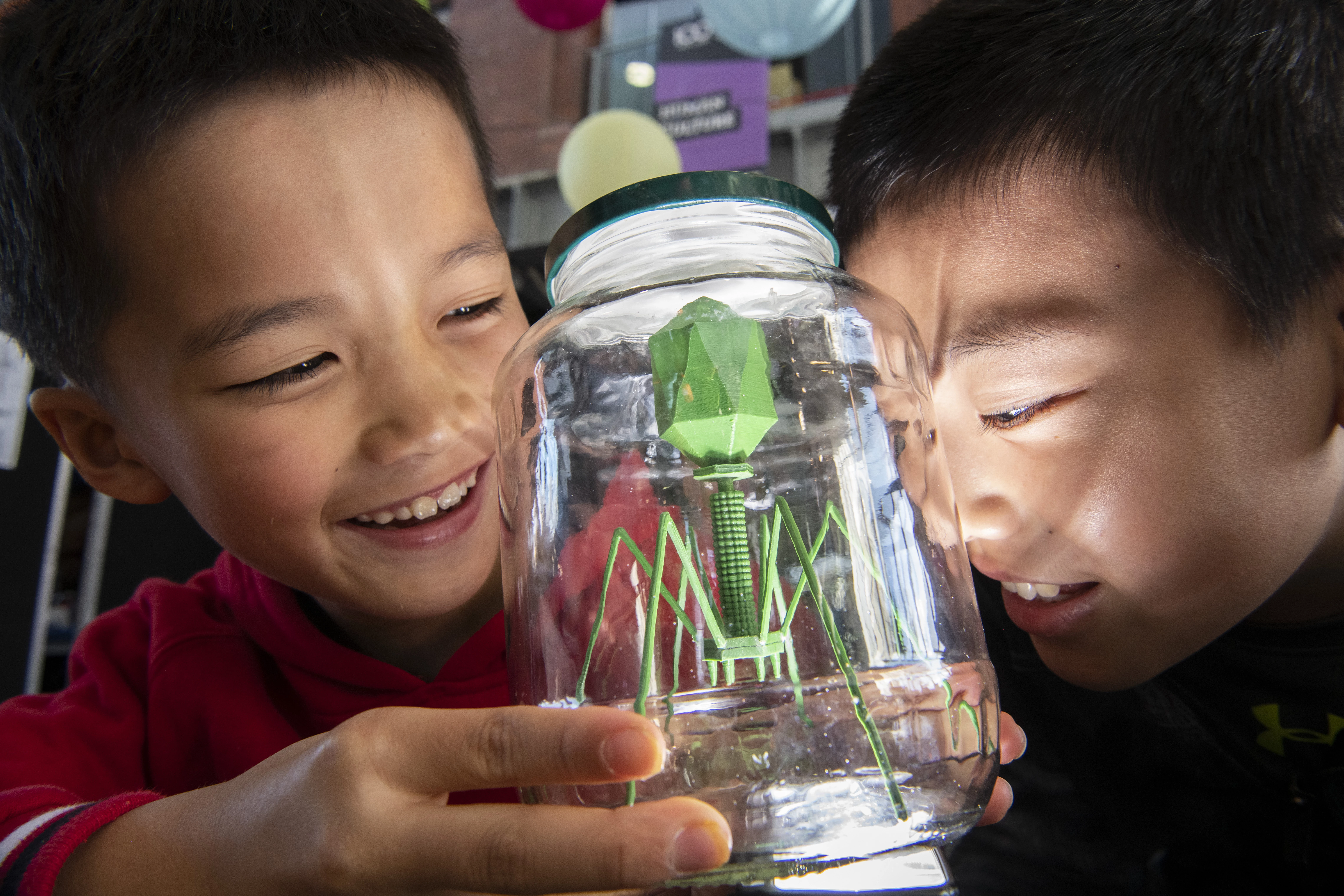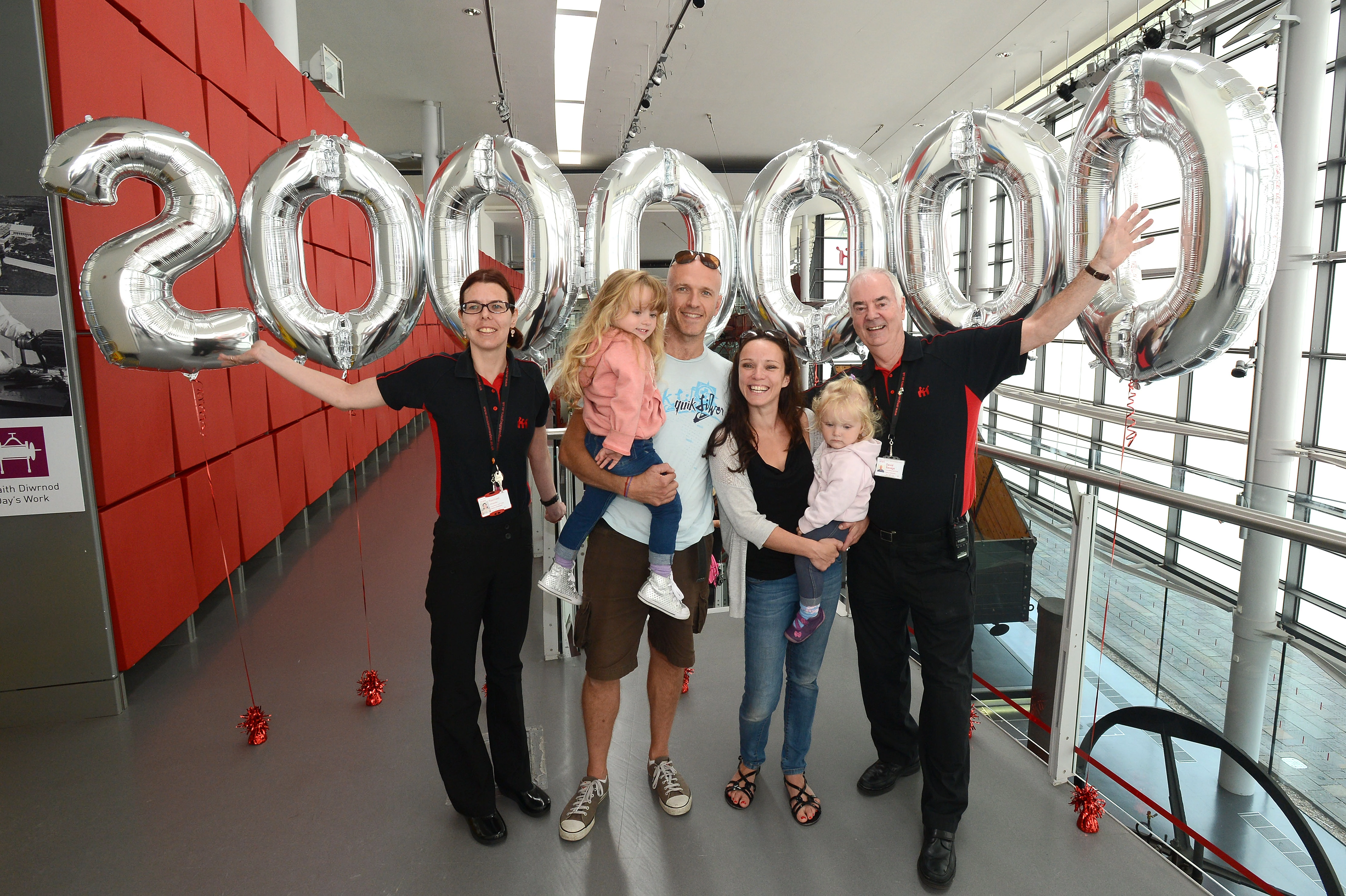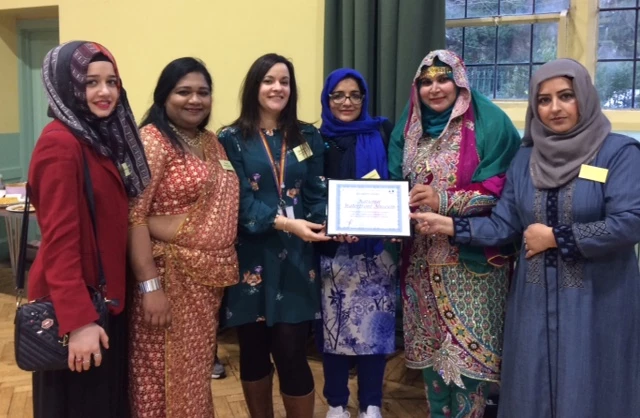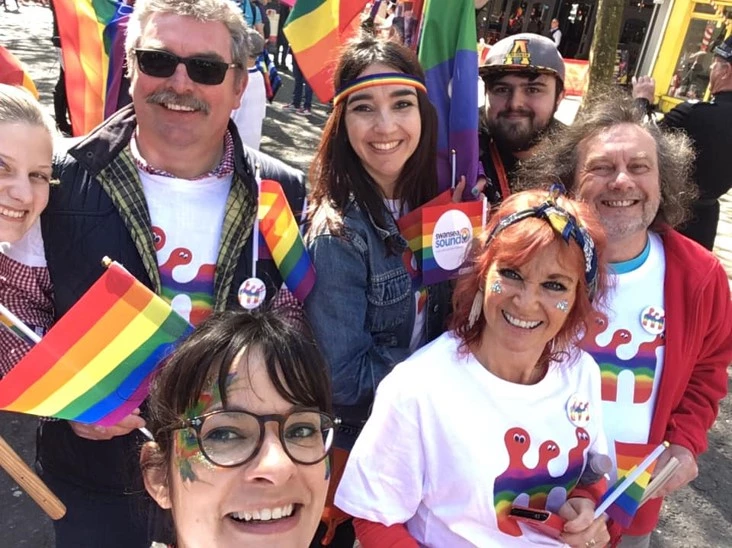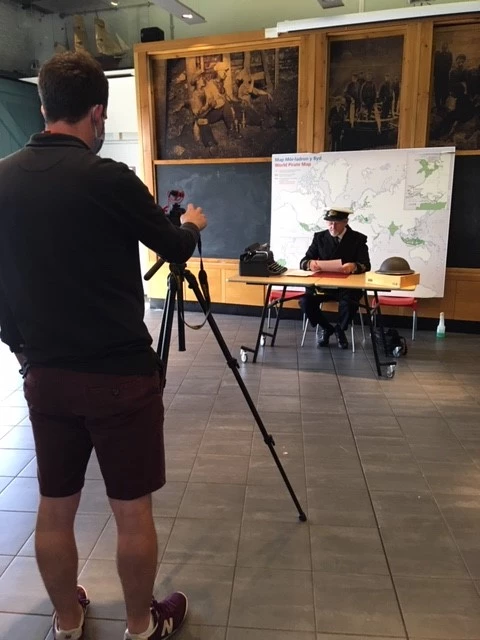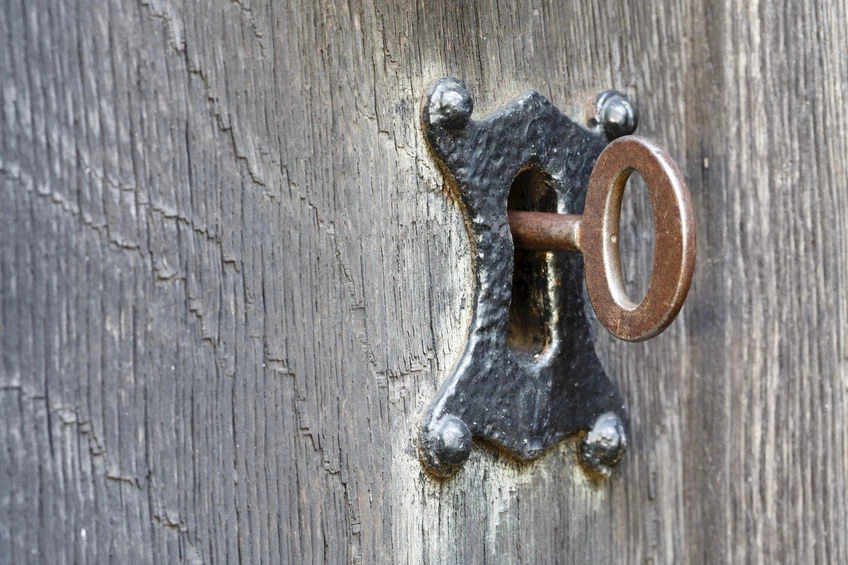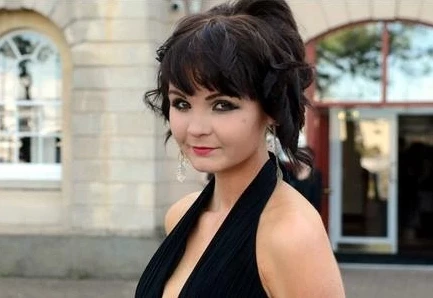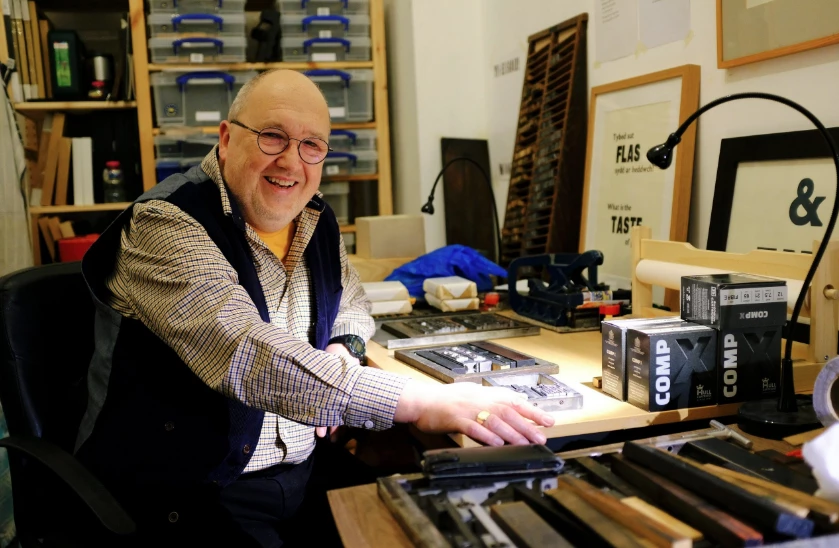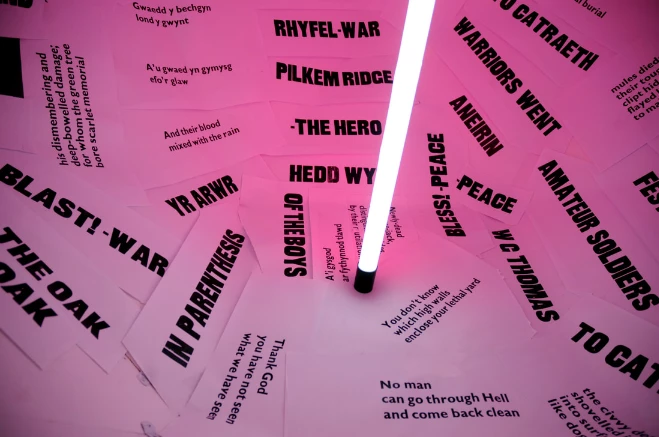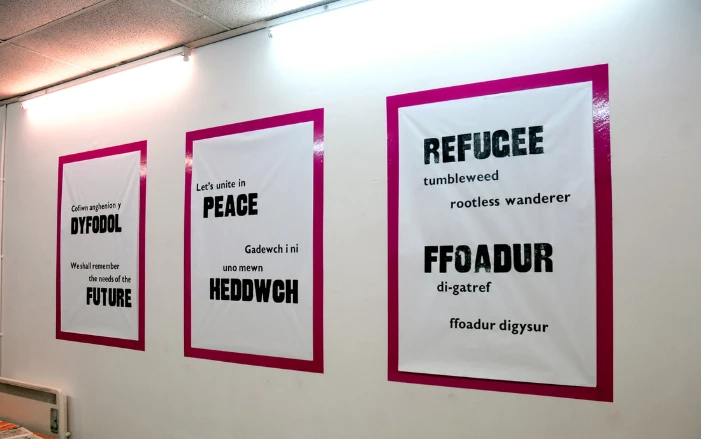Fifteen years young: the first one-and-a-half decades of the National Waterfront Museum Swansea.
, 14 October 2020
For me and the rest of the staff at the National Waterfront Museum, Swansea, it seems inconceivable that 15 years have passed since we welcomed our first visitors on the 17th of October 2005. Although in human terms being 15 is well on the way to being a ‘grown-up’, for everyone at the Waterfront Museum, we still feel very young, fresh and experimental.
I think there are a number of reasons for this.
First, our visitors are from a wide range of backgrounds and their motivation for visiting is varied. Of the quarter of a million visits the Waterfront Museum receives each year, a good proportion are first time visitors from outside the south-west of Wales. They are particularly attracted by innovative displays that tell the human story of Welsh industrialisation over the past three centuries with key objects from the collections of Amgueddfa Cymru and the City of Swansea explained through interactive interpretation. But although part of the family of Wales’ national museums, the Waterfront Museum is also very much a local museum, and most of the rest of our visitors are ‘regulars’, returning time and again to see the many temporary exhibitions devised or hosted by us each year, or attend the 300 or so free events and hands-on activities that form such an important part of our annual programme.
Second, the Waterfront Museum is a vast storehouse of materials and opportunities for learning and inspiration. In the same way that images can tell many stories, historic artefacts are points of departure, not fixed destinations for understanding, feelings and creativity. So the museum’s learning programmes for all ages always have an inter-disciplinary approach with lots of human stories and fun. Our unofficial motto is, ‘Try anything once, so long as it’s legal and safe’!
Third, the Waterfront Museum plays an important part in the wider cultural and economic life of the Swansea region. Many organisations and communities use the museum for meetings, a location in which to communicate their work to a wider public, or as a place for celebration. The museum is also a venue that can be hired for weddings, private and corporate meetings and entertaining. Here its central location, stunning architecture and fascinating displays really help to make these events so special.
Fourth, the Waterfront Museum has always been committed to the furthering the social purpose of our heritage. We have consistently worked to use our collections and facilities to help strengthen community identities, make newcomers to Swansea feel welcome and help disadvantaged people realise their potential by gaining skills and fostering ambition and self-respect.
And last, but by no means least, the Waterfront has always been blessed with amazing staff. We aim to appoint ‘people’ people, who enjoy welcoming our visitors, are helpful and knowledgeable and are great at working together as a dynamic team. Besides being great at their ‘official’ jobs, many possess other skills that we have been able to draw upon, especially in our events and learning programmes.
So what of the future? Despite the current difficulties with the Covid19 pandemic we are sure that the next fifteen years shall be as exciting and rewarding as the last fifteen. The redevelopment of the city centre and especially the new arena nearby will provide great opportunities to engage with different audiences. The ever-expanding online digital world will present us with many new ways to celebrate Welsh industry and innovation of both the past and today to a global audience. It is also likely that the experiences of the last eight months will make us all appreciate even more the delights of experiencing ‘real’ things in a place like the Waterfront Museum that is so equipped as a place for people to meet, engage with one another, learn and have fun.

